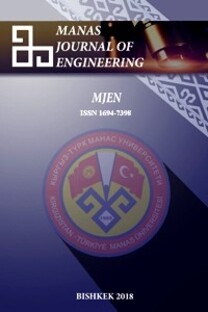Evaluation Accident Risk on Interurban Rural Highways, Sivas Sampling
Safety and efficiency are the two primary goals of transportation enginering. The effort that public agencies put into reducing traffic accidents is highly justifiable. Traffic accidents place a huge financial burden on society. Two major factors usually play an important role in traffic accident occurrence. The first related to the driver, and the second related to the roadway design. Miaou and Lum, 1993 . Miaou 1994 studied the relationship between highway geometric and accidents using Negative Binomial regression. In this study, Miaou evaluated the performance of the Poisson regression, zero-inflated Poisson regression, and Negative Binomial regression. Ivan and O'Mara 1997 applied Poisson regression for the prediction of traffic accidents using the Connecticut Department of Transportation's accident data. Results of the model suggest that the posted speed limit, the annual average daily traffic of the highway are critical accident prediction variables leading to the conclusion that the Poisson regression model is preferred than the linear regression model. Shankar et al. 1995 used both the Poisson and Negative Binomial distributions Poisson when the data was not significantly over dispersed and negative binomial when it was to evaluate the effects of roadway geometrics and environmental factors on rural accident frequency in Washington State. Agent and Deen 1975 attempted to identify high-accident locations with respect to the functional type and geometry of the highway, using accident and volume data from rural highways in Kentucky collected from 1970 through 1972.
